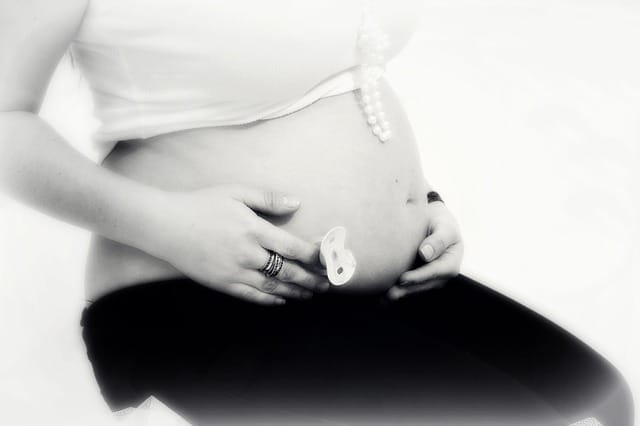Air pollution is increasing the risk for fetuses of pregnant women day by day. The scientific study identified one of the reasons behind miscarriage, premature birth, and low birth weight to be air pollution and this is as bad as smoking. Surprisingly recent research found pollution particles in placentas also. Now we have to cut down toxic air to save the next generation.
Scientific studies from Brazil to Italy to Mongolia found a link between long-term exposure to dirty air and increasing risk of miscarriage, and it was analyzed previously. However, the recent study found that increased levels of pollution of nitrogen dioxide (NO2) produced by fuel-burning mainly in a diesel vehicle, increased the risk of losing a pregnancy by 16 percent.
As per research conducted in Salt Lake City in the United States, and surrounding urban areas and published in the journal Fertility and Sterility regarding this issue, doctors warned that air pollution harming unborn babies might be the global health catastrophe.
Dr. Matthew Fuller, University of Utah’s department of emergency medicine and one of the research teams said “It’s pretty profound,” and “If you compare that increase in risk to other studies on environmental effects on the fetus, it’s akin to tobacco smoke in first-trimester pregnancy loss.”
Fuller added “There are many places in the world that suffer from pollution that is far greater, so this is not a problem unique to Utah. It is a problem we are all facing.” NO2 levels in cities such as London, Paris and Salt Lake City are same.
Fuller started noticing anecdotally the link between poor air quality and miscarriage when in 2016, a family member lost a miscarried during a specifically poor period of air quality. Fuller teamed up with Claire Leiser, the population health scientist, and others and analyzed the cases between 2007 and 2015 of 1,300 and more women who attended the emergency department post miscarriages.
The exposure of woman to air pollution at the time of the miscarriage got compared with the period she did not miscarry considering the age, weight, income level and other personal factors. The link between a lost pregnancy and the level of NO2 was the strongest during the period of seven days before the miscarriage. A rise in NO2 pollution of 20μg/m3 found associated with a 16 percent increase in the risk of miscarriage.
The risk of miscarriage found significantly linked with higher levels of particle pollution as per a previous study. Moreover, recent studies conducted on long-term exposure to pollution of the particle in the US, Italy, Iran, and Mongolia found significant links. There was also an implication of other air pollutants including ozone and sulfur dioxide.
The air pollution mechanism that harms a fetus has not yet got established. However, a likely hypothesis is that the oxidative stress and inflammation caused due to pollutants.
According to Dr. Sarah Stock, at the University of Edinburgh and not part of the research team “Air pollution is clearly detrimental to the health of millions of mothers, babies and children worldwide. Measures to reduce the impact of air pollution are crucial to ensure the health of future generations.”
Claire Leiser said: “If we were able to get the gestation stage that would be a real benefit, to get a sense of when the woman is most at risk. There really needs to be more studies done on this specific issue. However, we know enough about air pollution and birth outcomes to say, if you are pregnant, talk to your doctor.”
Fuller suggested women could plan the time of their pregnancies avoiding the most polluted times of a year or could avoid exertion on polluted days or even consider buying indoor air filters. “But in the developing world these are luxuries many people can’t afford,” he said. However, the best action would be to cut overall levels of pollution.






